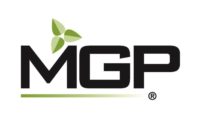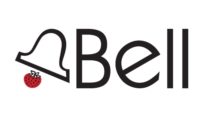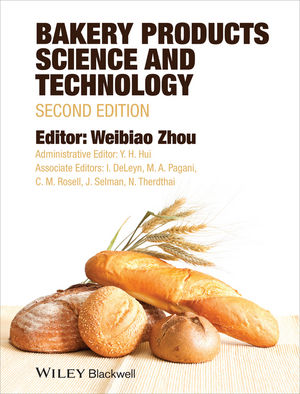Audit Is as Audit Does
By Jeff Dearduff
So you think you have a handle on the maintenance function of your bakery? You’re cruising along, and everything is running pretty efficiently? Haven’t had that “big” breakdown in a while? You’re under budget for the year? Management seems happy with the performance of the process lines? Must be time to open that box of chocolates and see what you got!
Just when you think that nothing in your bakery career could be better is sometimes when you feel what Forrest Gump did when “it” jumped up and bit him in the buttocks. “It” is the bullet that’s waiting around every corner disguised as that bad link in the chain, the overheating gearbox or the loose connection on the main switchgear. So, when everything seems to be going good, it just might be the time to figure out why you were able to take last weekend off — yeah, the whole weekend — or why you won’t be able to take next weekend off.
It seems like bakeries are being audited to death these days. Customers want to come in and check you out regularly. Federal, state, county and city agencies have to make sure you are in line with their regulations. And company policy can even invite auditors in so often that you wonder if they have timecards on the rack.
Our first reaction to the next outside audit usually isn’t a positive one. Our initial thoughts are to try to predict what the auditor’s target will be this time and head it off prior to arrival. So, with that said, do you want an outside auditor coming in to assess the performance of your maintenance department? I doubt it.
Hopefully, you can agree that occasionally your responsibilities need to be checked to make sure you are doing everything you can. So, who is the best auditor you can hire to come in, dig deep and see where the next problem or success really lies? How about you? Self-auditing is what we’re talking about here. This is not an easy thing to do, but if you can set aside your pride for a few minutes and conduct an audit of yourself through the eyes of an outsider, it could be the most powerful tool in your arsenal.
Because every bakery facility is unique, it’s impossible to find an off-the-shelf auditing tool that will be useful for your situation. It might be best to design your own system and implement it at a pace that fits your timeframe. Consider breaking the audit into five major buckets:
Production Lines
When auditing your production lines, make sure you leave nothing untouched. Start at the fitting on the flour delivery pipe, and end with the last step in the process. It might help to break the bigger bucket into smaller segments such as ingredient handling, makeup, proof and bake, product handling, and packaging. The more you break down the categories, the more detail you will be able to address.
Your mission is to look for the things that are being well-maintained, as well as those things that are about to bite you. Use some of your CSI skills to identify an item that looks tight, but might be showing signs of wear. Identify those components in your line that are critical to the entire process. Ask yourself what one little problem can shut down an entire process. Take note of parts that may have been overlooked in your inventory scheme. Simply get to know your equipment and systems to the point where you can start to predict and solve problems rather than react.
Building and Grounds
Our main focus generally centers around the process because it is the heart of the operation, and the product coming out of it is the only means of supplying the necessary funds to keep the business going. The building systems sometimes are the last focus for us, but they can provide some of the same opportunities for the big “Oops!” events. Set your audit up so that it looks at the switchgears, lighting systems, plumbing systems and structure. Infrared cameras work nicely in this area for seeking hot spots in electrical systems and finding roofing problems. Such issues can be very sneaky.
Management Systems
Look at your business, the business of maintenance. You say you have a PM program, but is it really working? You say that your inventory levels are appropriate, but are they really? You hope you are on the leading edge in technology, but how do you know? While the other categories already mentioned are physical inspections, this one is a bit more philosophical. Having your management systems in the best order will help all aspects of your effort.
Personnel
Are your people properly trained? Are their skill sets relevant for today’s world of maintenance? Create a matrix that lists all your employees and the skills they must have, and identify the training they need. Having a personnel audit incorporated into the overall program will help tie skill sets to the needs identified.
Regulatory
Are your records up to date? Are your permits renewed where needed? Are you operating in a fine-free mode? A simple audit of regulatory requirements and record-keeping can keep you out of the doghouse. With regulatory penalties in excess of $30K per day per violation, it doesn’t take long to rack up a healthy bill with the Feds.
Keep in mind that this audit that you are doing to yourself is for you. Use it to better yourself, your management skills and your company’s bottom line performance. Whether you use a rating system with numbers, grades or opinions, the real progress is made when you fix something that came up during the audit.
Don’t be afraid to try it. As Momma Gump once said: “Life’s a box of chocolates. You never know what you’re gonna get.” SF&WB



